Treasured Landscapes Protected Through Grassland Conservation - Mesmerizing!
The one word that fittingly describes the gentle, waving, dance of a rolling meadow in the midday breeze. One can’t help but gaze in awe at this simple, breathtaking phenomenon. From a higher vantage point, the swaying grasses seem to synchronize across the land, as if the entire ground is alive and rippling with life. That’s because these fields are alive, and teeming with diverse and rare lifeforms, from the soil microbes and voles underfoot, to the raptor-filled airspace above.
Unfortunately, across the Northeastern United States, these beautiful and vibrant grasslands are vanishing at an astonishing rate.
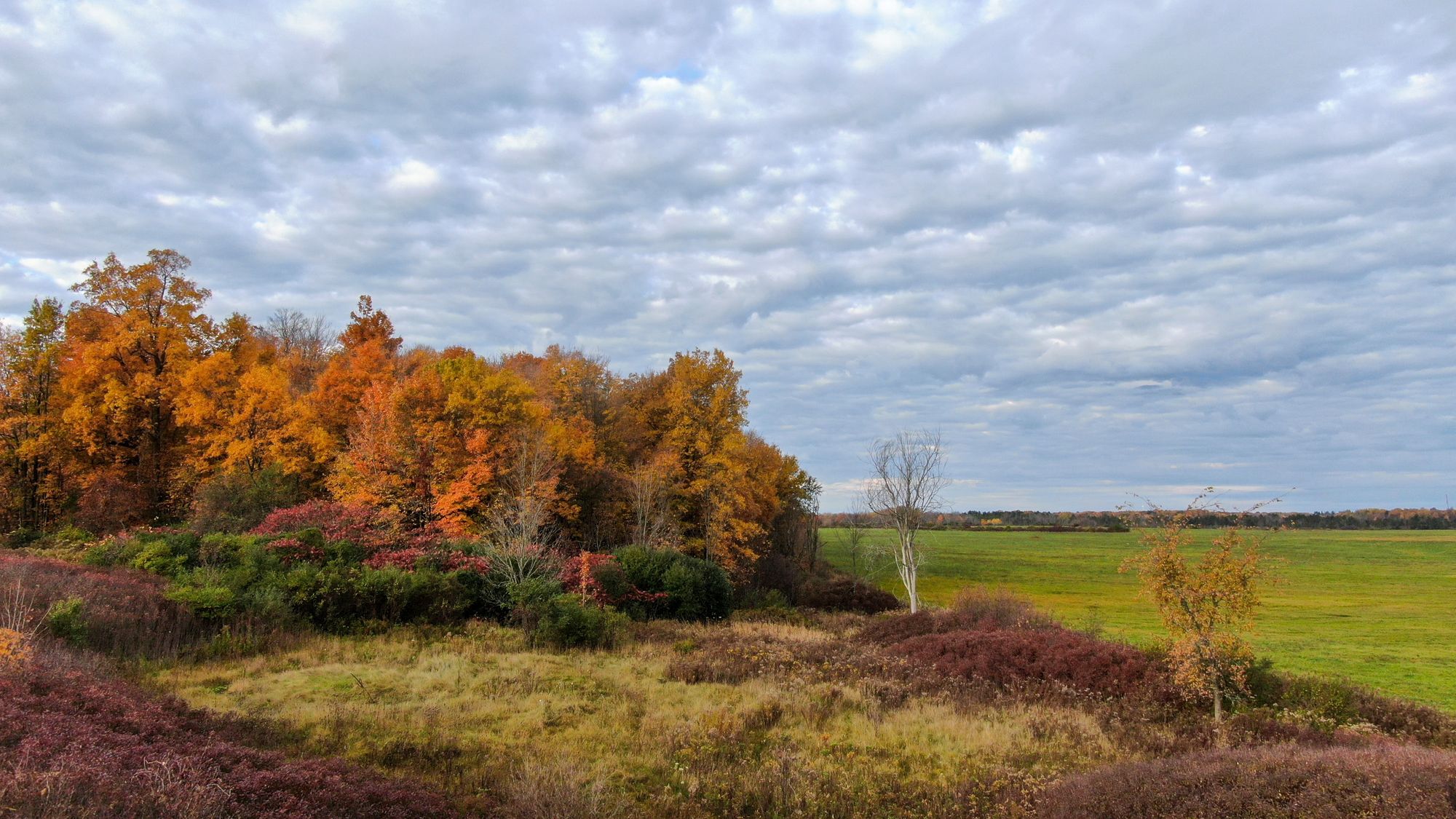
In the Thousand Islands and throughout the St. Lawrence River Valley, these grasslands have supported a bucolic way of life for well over a century. But as family farms grow fewer, their hayfields, pastures, and meadows are falling victim to fragmentation, residential development, conversion to solar, and simple abandonment (forest succession). In an effort to protect one of the larger continuous grasslands in the region, the Thousand Islands Land Trust (TILT) has acquired and conserved the 317-acre Delano Farm, located just off the River near Fishers Landing. Over 240 acres of this expanse are an open meadow habitat, supporting rare grassland species such as savannah sparrow, vesper sparrow, bobolink, and northern harrier, as well as countless pollinators and small mammals.
The Delano Farm is a true gem. Its broadness has a way of making you feel small on the landscape. In addition to its expansive grasslands, the property features over half a mile of the meandering Mullet Creek. This time of year, along its edges, one can find pockets of sedge wetlands used by spawning northern pike, and vernal pools alive with spring peepers. And during the summer months, you just might catch a glimpse of a green heron or belted kingfisher looking for its next minnow. To ensure the protection and enhancement of these natural resources, the Land Trust plans to enroll the Delano Farm into a grassland management program, with mowing occurring after August 1st, to allow for the successful fledging of the many grassland nesting birds that call our region home. With improved management, the Delano Farm will function as a breeding hotspot and serve as a safe-haven for those species forced to relocate from the nearby fields that have been recently converted to large-scale solar. Delayed mowing will also limit the disturbance of sensitive vernal pools and wetland edges.
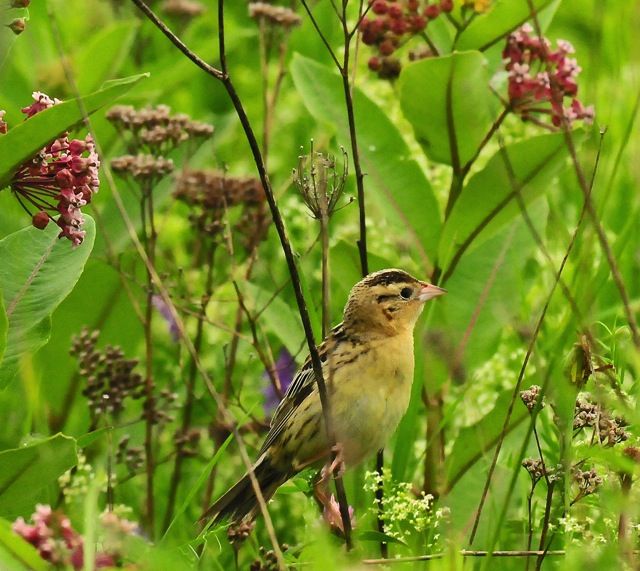
Beyond its role of providing wildlife habitat, the Delano complex performs vital ecological functions necessary for maintaining the health of nearby waters. Deep-rooted meadow grasses act like sponges, absorbing rainwater while stabilizing the upland soils and preventing erosion. The extensive root system helps bind soil particles together, preventing sediment from clouding the waters that flow into Fishers Landing. And the riparian vegetation captures excess nutrients, such as nitrogen and phosphorus, which are notorious for causing water pollution and harmful algal blooms.
Upriver, grassland conservation efforts have also been underway on the shores of Lake Ontario. Building off the Tibbetts Point Preserve, the Land Trust acquired the 209-acre Edward and Marlene Schmeer Preserve and last spring transitioned over 160 acres from row crop into thriving meadows with native grasses and wildflowers.
Where there were once monotypic rows of soybean and corn, now stand lush and buzzing fields of bluestem, switchgrass, partridge pea, black-eyed Susans, and coreopsis. In creating a waterfront Field of Dreams, so to speak, the Land Trust relied on an “If you build it, they will come,” restoration strategy. That is, with guided course correction, grassland species composition, and informed adaptive management, the Edward and Marlene Schmeer Preserve is anticipated to become an ecological hotspot – a haven of biodiversity teeming with a suite of grassland species and other wildlife.
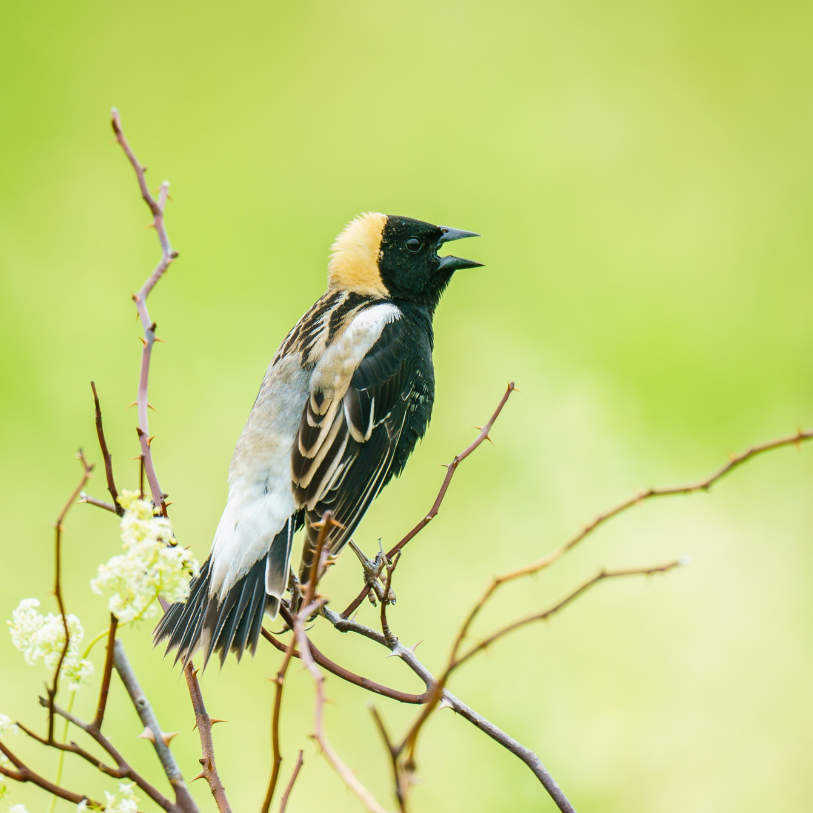
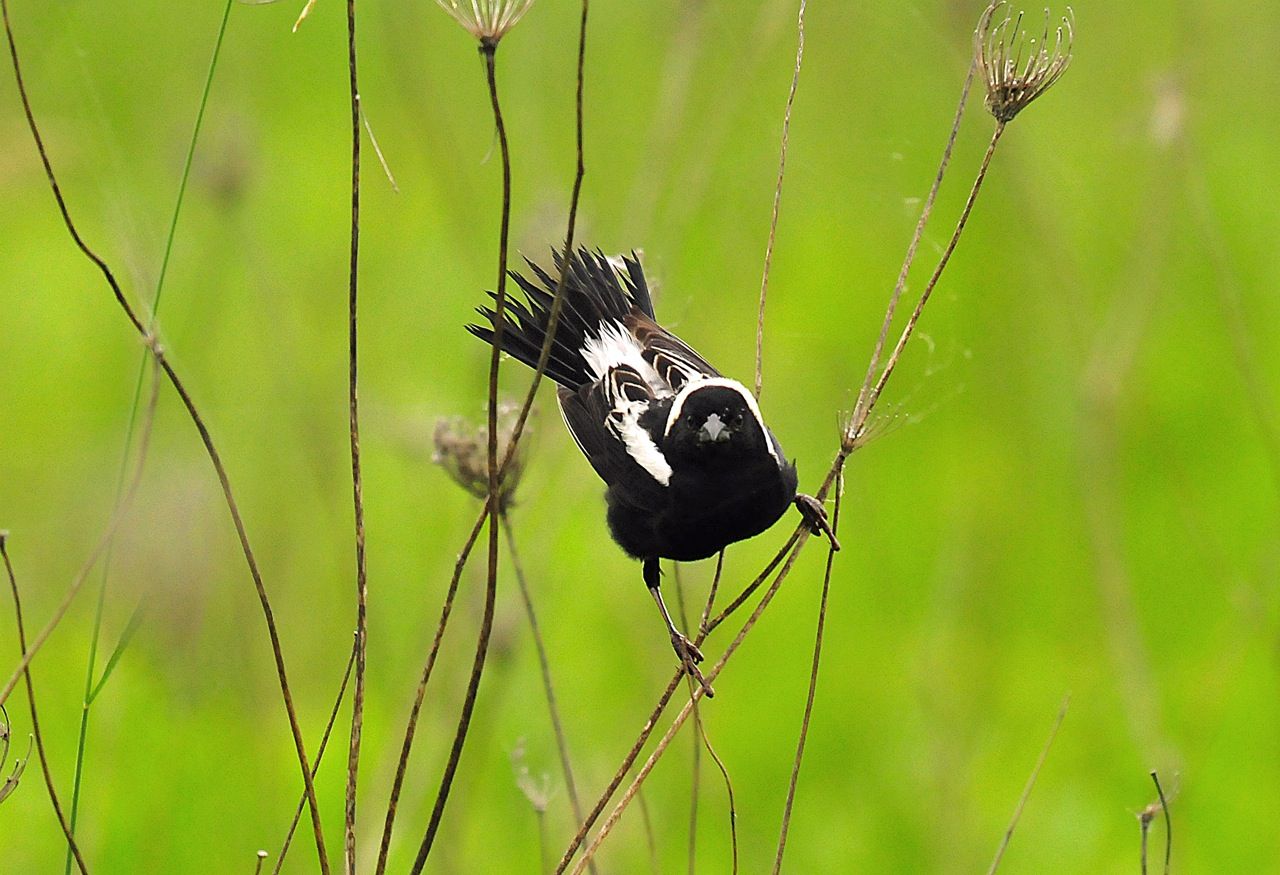
In the coming months, bees, butterflies, and moths will flutter between nectar-filled flowers, carrying their precious pollens, which will drive plant diversity that the fields have long-lacked. The dense grasses will begin their work of improving soil health, while hosting moles and voles that will bring a variety of owls and raptors come winter. Additionally, the grassland’s capacity to absorb and store carbon dioxide from the atmosphere will be improved through a delayed, rotational, mowing regime.
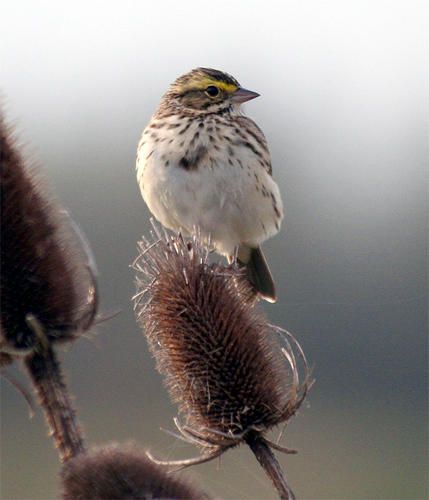
Just like our oak and pine forests, healthy grasslands sequester carbon in their roots, helping to combat climate change. Grassland conservation has not only ensured the protection of these landscapes but has also set a precedent for sustainable land management and habitat restoration across the region. Through careful stewardship and collaboration with dedicated conservation partners, TILT has successfully conserved and restored vital ecosystems, ensuring that the beauty and biodiversity of the Thousand Islands and St. Lawrence Valley regions may be enjoyed today, and for future generations.
Conservation efforts like these are crucial for maintaining the delicate balance between the built environment and the natural environment, all while protecting biodiversity, mitigating climate change, and ensuring the well-being of both wildlife and humans. From the land, to the sky, to the flowing waters, our grasslands are making waves of their own.
Building upon this continued momentum, the Thousand Islands Land Trust is pleased to report that it has recently completed a new Strategic Plan, outlining ambitions to accelerate and expand the conservation and stewardship of our region’s most critical natural resources. While the focus remains on protecting land for wildlife habitat, water quality, climate resilience, and outdoor recreation, the new Plan acknowledges that our region forms a crossroad where the A2A Wildway, Atlantic Flyway, and St. Lawrence Waterway come together, creating one of most unique landscapes in the Northeast. The goal of this work is a greater quality of life, an improved economy, and an enhanced environment.
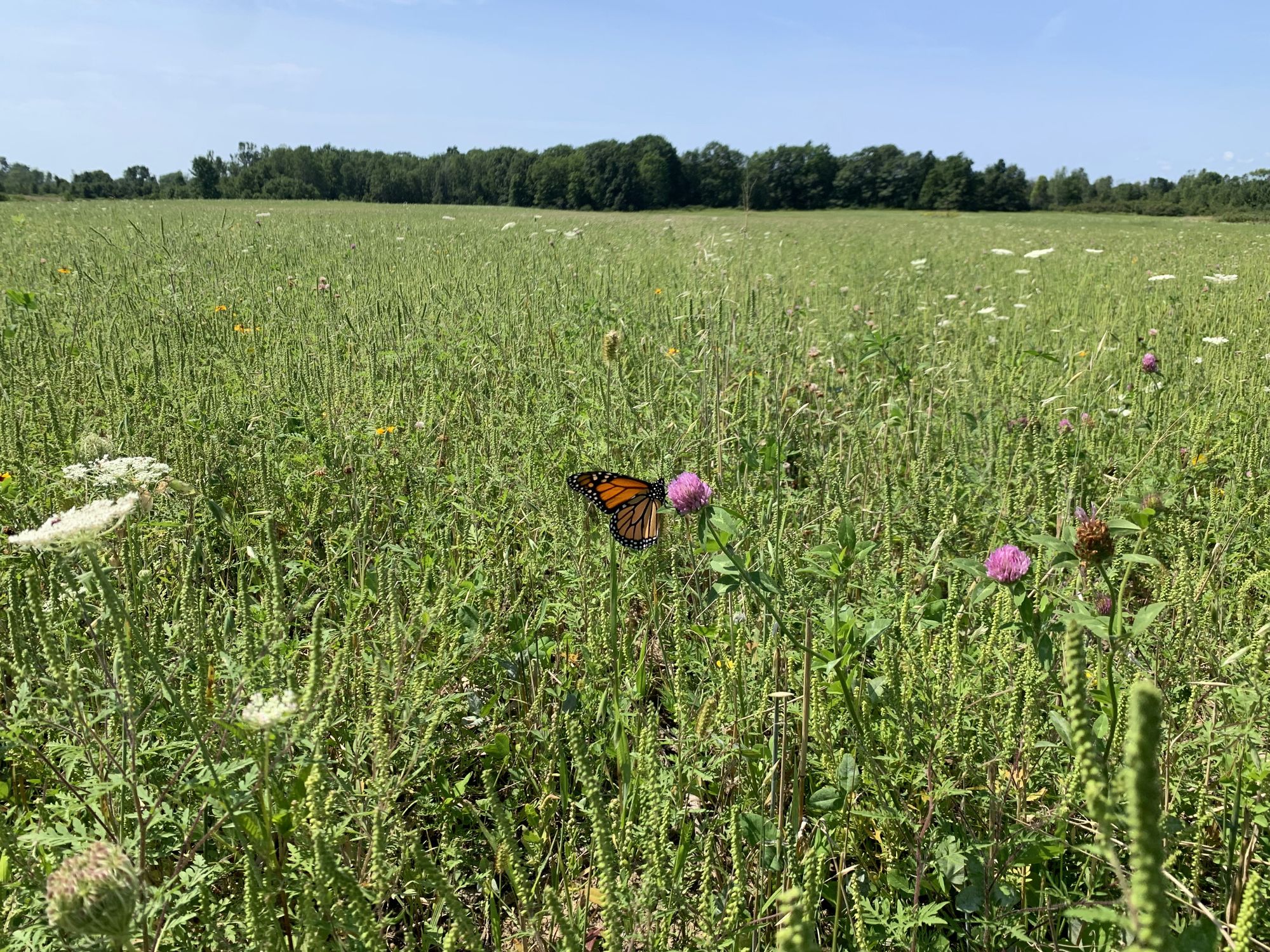
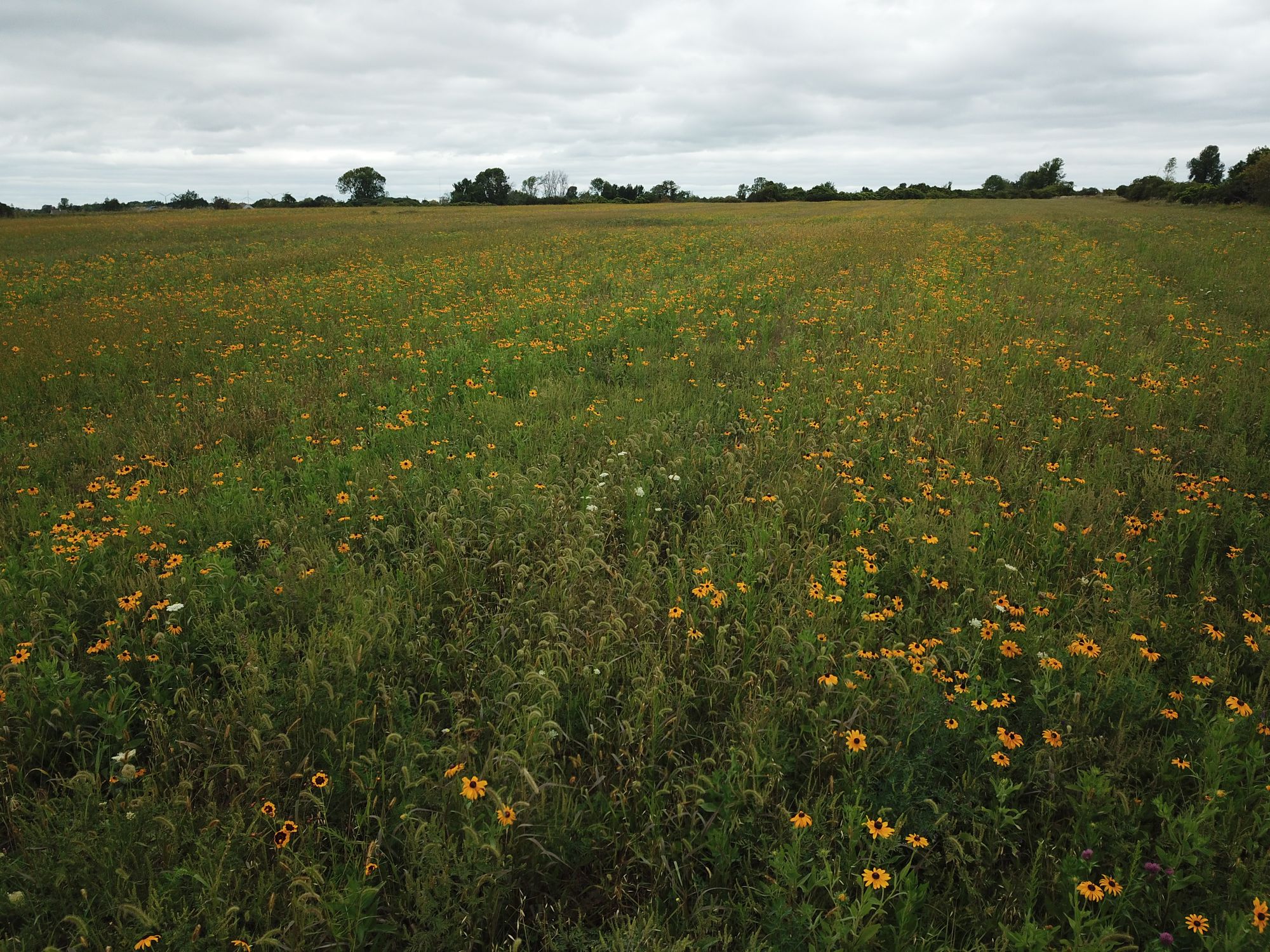
We eagerly anticipate the year ahead and the continuation of our collective efforts to protect our most cherished landscapes. The ongoing support from so many generous community members is truly what empowers us to make a real difference. This year, we encourage our supporters, friends, and community members to get out on the land and discover the treasures of the region and be
inspired to embark on new adventures in nature. If you’re unfamiliar with the outdoor recreational opportunities here in the Thousand Islands, or if you’re just searching for a new preserve to explore, we invite you to visit tilandtrust.org. Together, we are conserving the place you love!
By Brigett McCann, Communications Specialist
Brigett McCann recently joined TILT as Commmunications Specialist. Graduating from St. Lawrence University with a Bachelor of Arts (B.A.) degree in Government and Environmental Studies, As a copy editor with experience communicating about conservation topics she looks forward to making a positive impact in the Thousand Islands region, a place close to her heart. Originally from Rochester NY, Bridgett spent many summers in the Thousand Islands. Outside of professional pursuits, she enjoys spending quality time outdoors and on the River with her family, friends, and two rambunctious black labs River and Rosie.
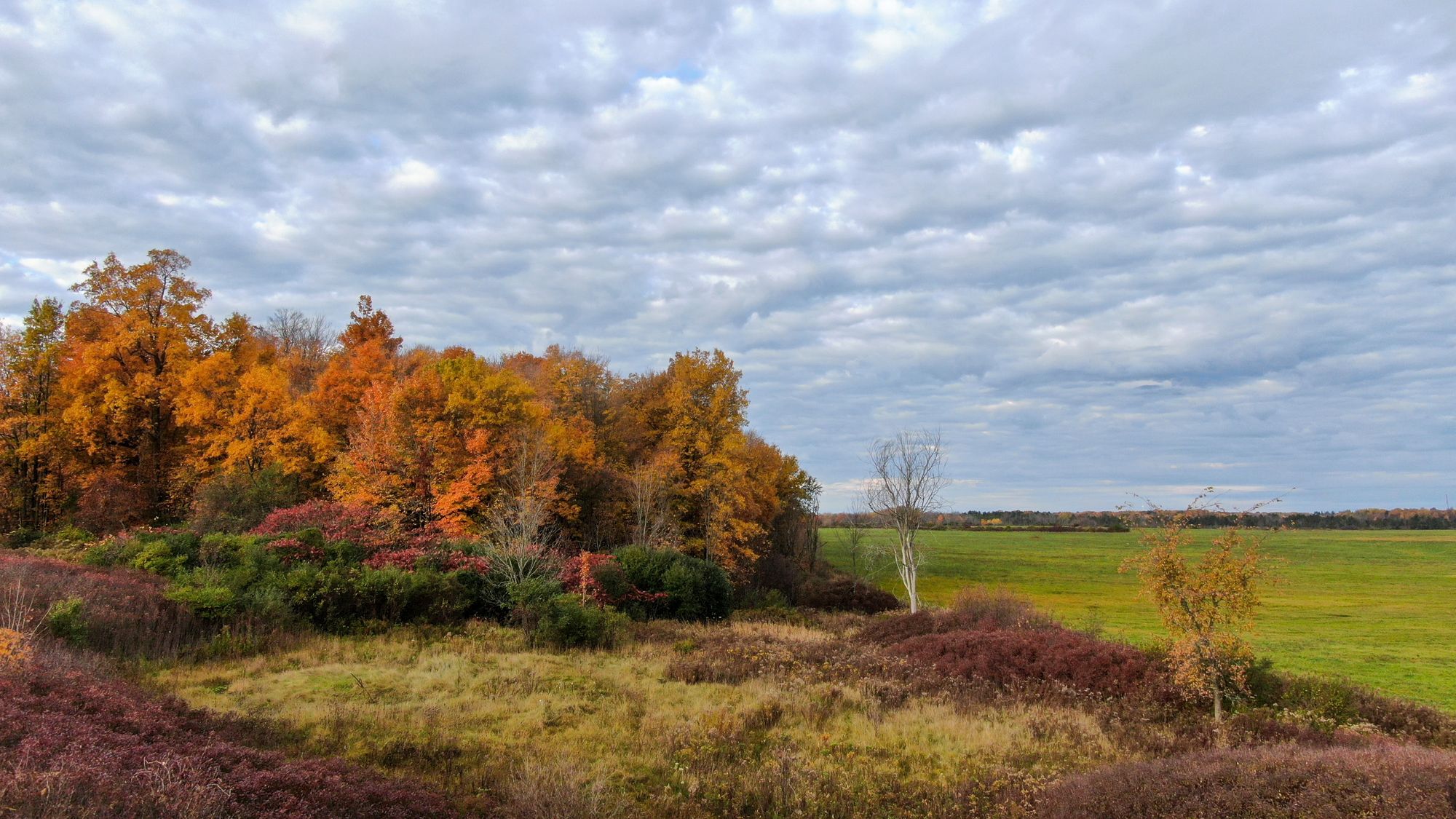
Posted in: Volume 19, Issue 5, May 2024, Nature, News Item
Please click here if you are unable to post your comment.
